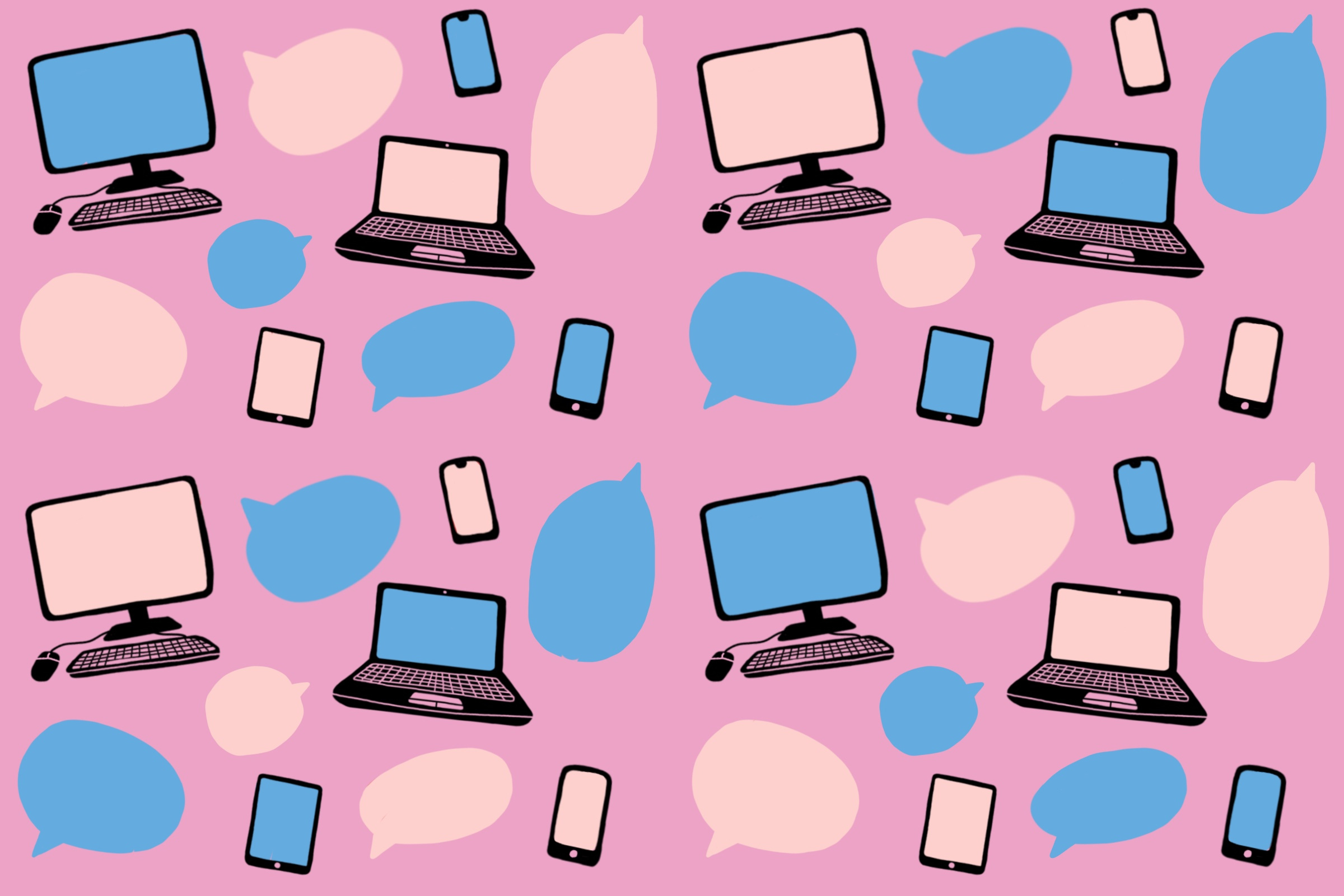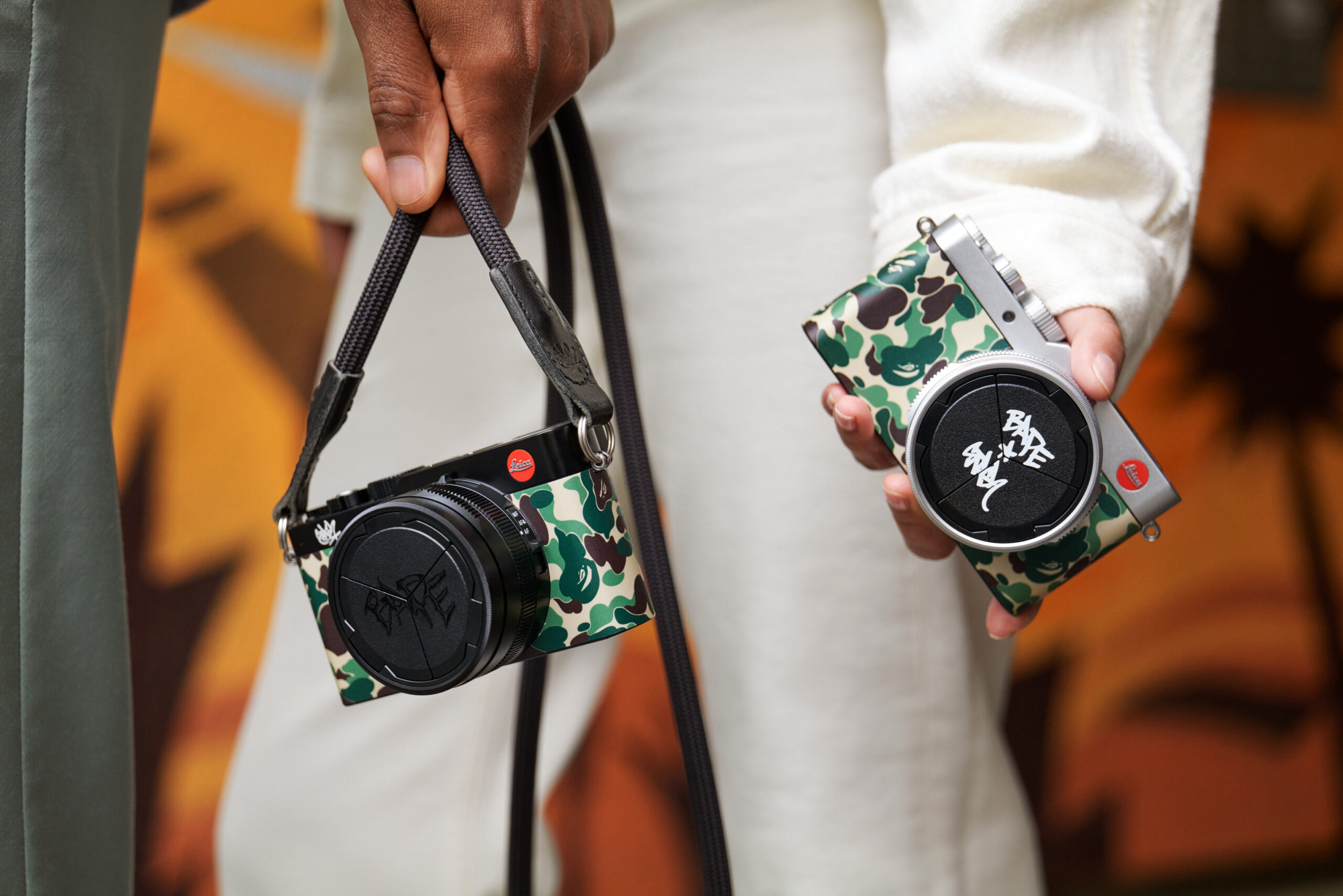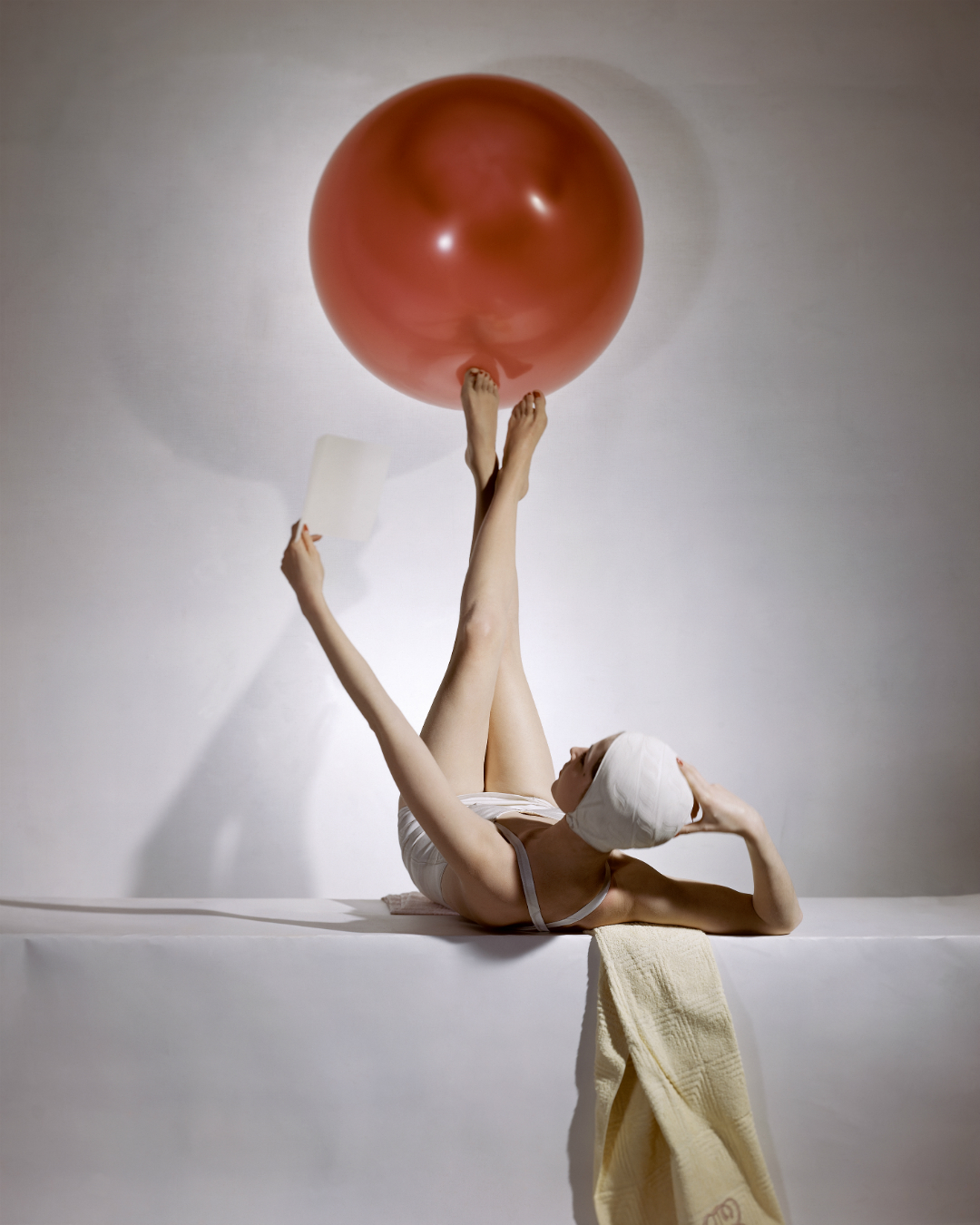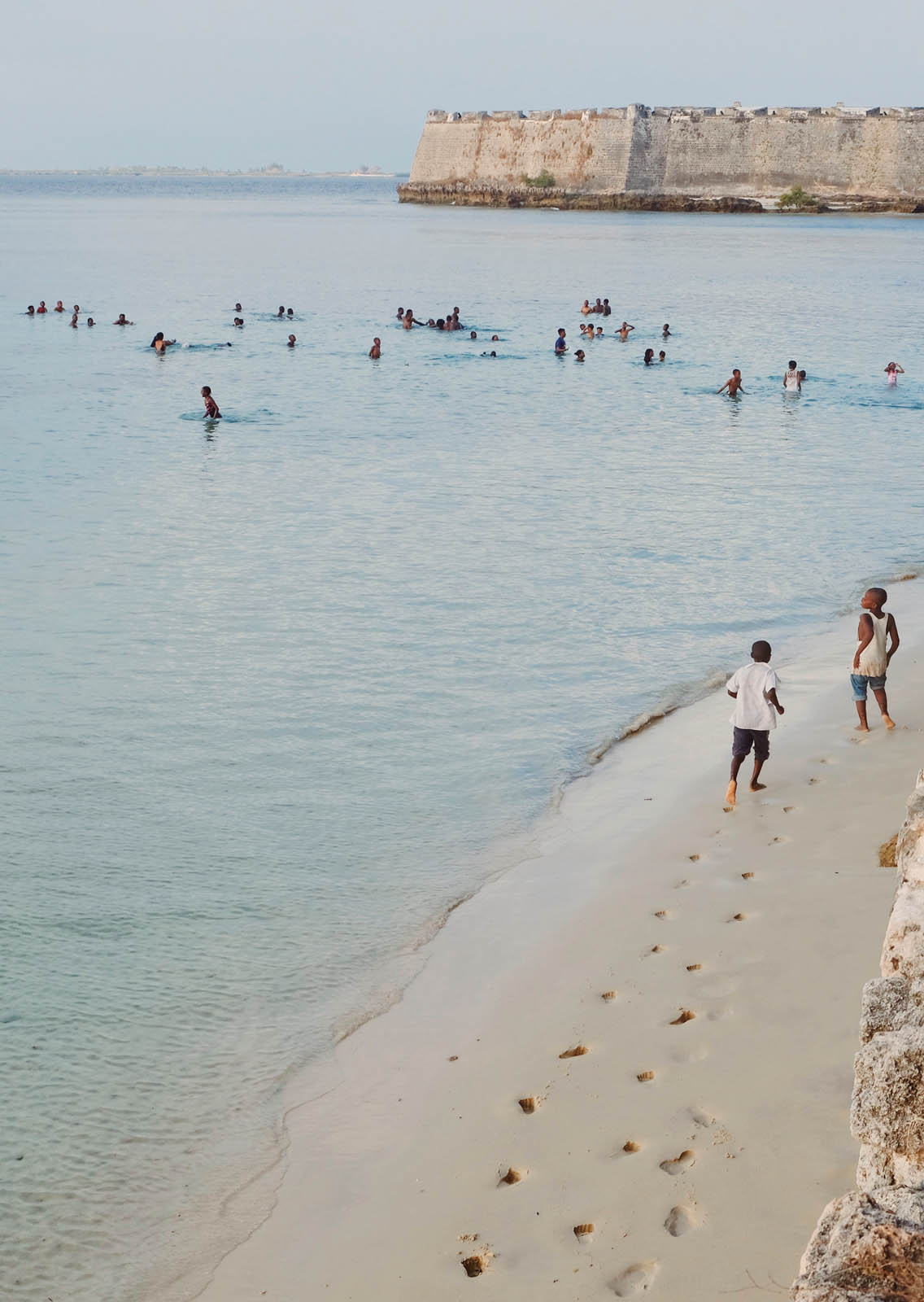Canada’s First Aura Camera: The Machine That Sees Feelings
Live in living colour.
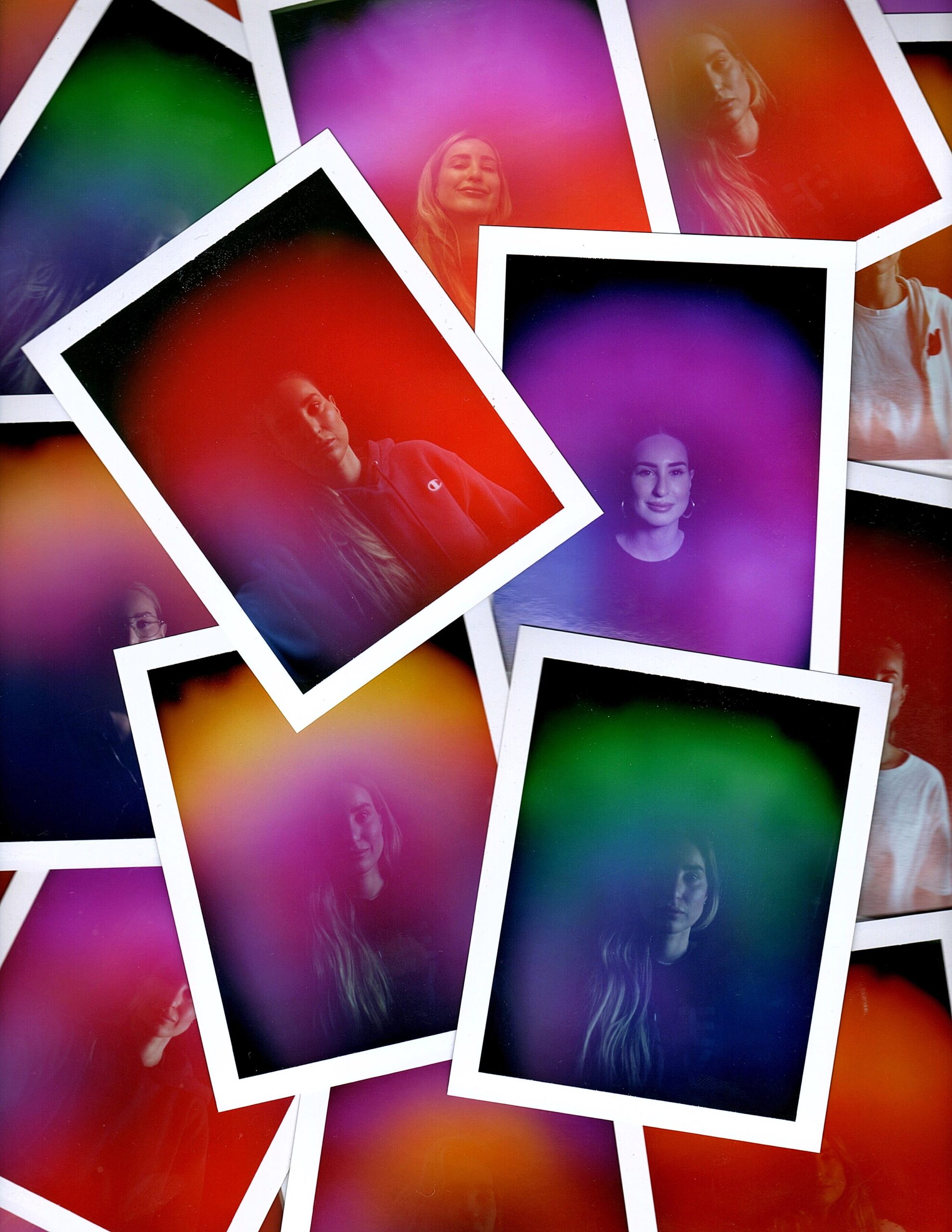
How do we perceive someone’s energy lighting up a room, or bringing us down before they’ve even opened their mouths? What does it mean to feel someone’s mood radiating from them even if they’re not speaking? Some call it an “aura,” but there are very few people in the world who understand what that really means, and fewer still who know what it looks like.
But what if you could see someone’s aura? The invention of the aura camera in the 1970s by Guy Coggins and its recent spike in popularity has made the visualization of energy possible. For someone in possession of an aura camera, energy is captured as bursts of colour and light crowning the subjects head like a halo of emotions.
The colours—violet, indigo, blue, green, yellow, orange, and red—each represent a chakra. If the chakra is open and spinning, the colour will appear on film creating a contemporary still life of a centuries-old Hindu and Buddhist concept. “It’s showing you you in that moment,” says Canada’s first aura photographer, Evelyn Salvarinas founder of Rose Aura. “It’s showing what your energy looks like visually versus what it feels like physically.”
The word chakra first appeared in the Vedas, an ancient Hindu scripture written in Sanskrit. The term translates to wheel and is both a literal and metaphorical name for the wheels of emotional energy that are said to run from the top of our heads to the base of our spines: crown, third eye, throat, heart, navel, loin, and base of the spine. The larger a chakra is spinning, the more prevalent it will be in the photo.

A self portrait of Rose Aura founder Evelyn Salvarinas before COVID sent her and her business into lockdown. The swath of red means that her root chakra is open and spinning the largest. The root chakra is linked to stability and security.
To have their aura photographed, the subject must place their hands on sensors (either one or two). The sensors pick up energy and create an image blurred with the colour that represents the subject in that moment. In theory, the photo doesn’t need a face in it, just your hands on the sensors.
The rarity of these devices contributes to the mystique of the images and makes them covetable. Salvarinas first encountered an aura camera at Magic Jewelry in New York’s Chinatown where tourists and New Yorkers alike line up around the block to have their photo taken.
After achieving her Master’s degree in Fine Art History from Sotheby’s Institute she returned home to Toronto to pursue a career in the arts and found that she missed having her aura photographed. She decided to fill the void herself because, to her, aura photographs are their own kind of art. In 2017, when she first opened her Rose Aura studio in Trinity Bellwoods Park, there were no other aura photographers in Canada, and she was busy almost immediately. The positive response “proved that people really wanted it here,” she says. There is now one more aura photographer in Canada, Salvarinas’ friend and former client Eleni Nikoletsos, who opened Hello Aura in Vancouver earlier this year.

Salvarinas took this self portrait during lockdown and her heart (green), throat (blue), and third eye (indigo) chakras are the most open. These chakras relate to love and compassion, communication, and intuition and perception respectively.
Salvarinas uses a film Aura Camera 6000, also known as a Coggins Camera, but there are digital aura cameras in existence. Salvarinas prefers film to digital because of the richness in colour and the subtle nuances that can be picked up by film that aren’t as visible with digital photographs. The film is now discontinued, but she says this limit makes the moment in time she captures even more special.
The application of aura photography in modern wellness rituals is one of self-realization. “We understand how we feel at any given time, but being able to attach that feeling to something visual, especially a colour, is an interesting takeaway,” explains Salvarinas. “You can look at your photo and see what colours are there and where your strengths are in that moment, but you can also see what isn’t there.” The goal is to the have all seven chakras open and spinning at the same time, and when you have that, the photo should look like a rainbow. Salvarinas’ clients return regularly to check in on their progress and use the images as a way to track their journey and emotions over a long period of time.
________
Never miss a story. Sign up for NUVO’s weekly newsletter here.





